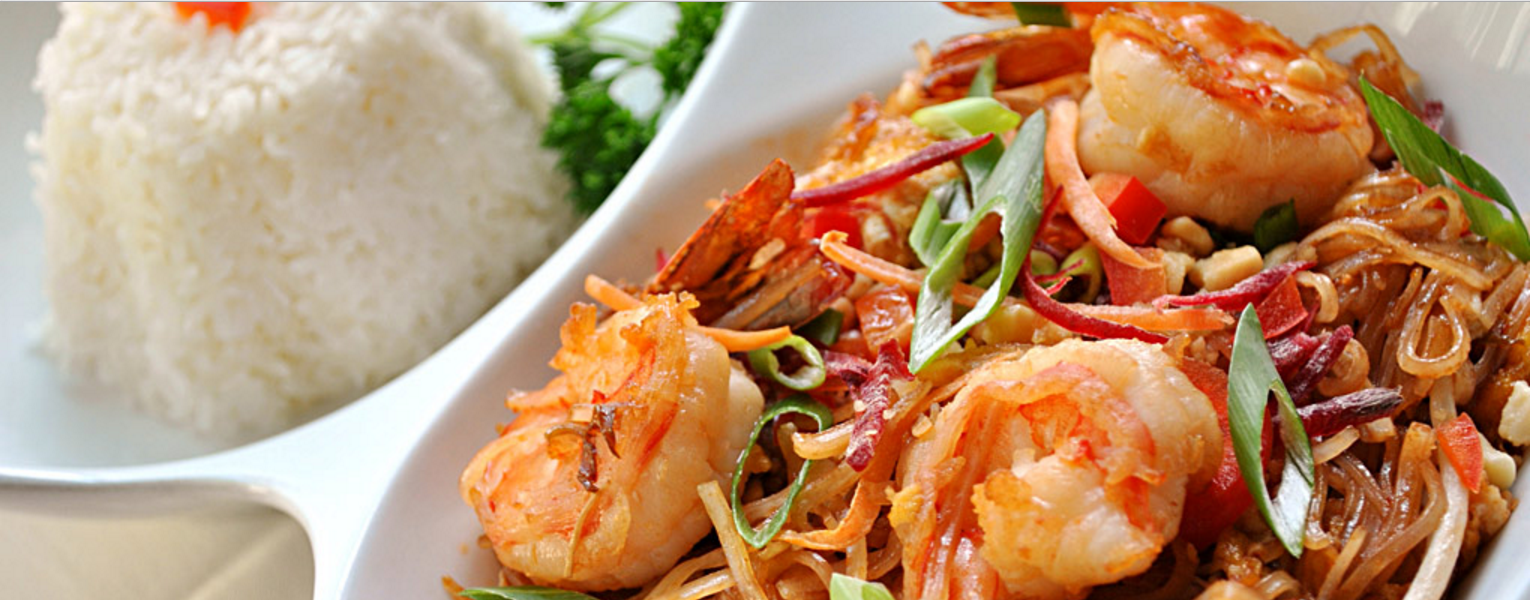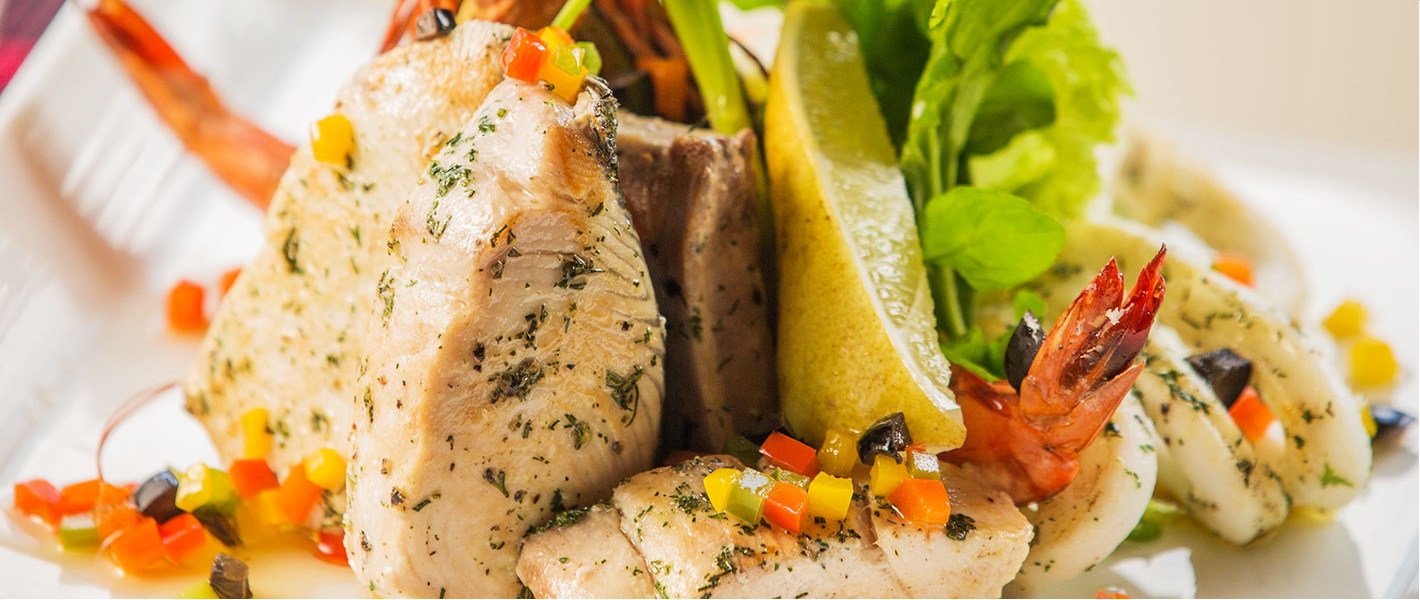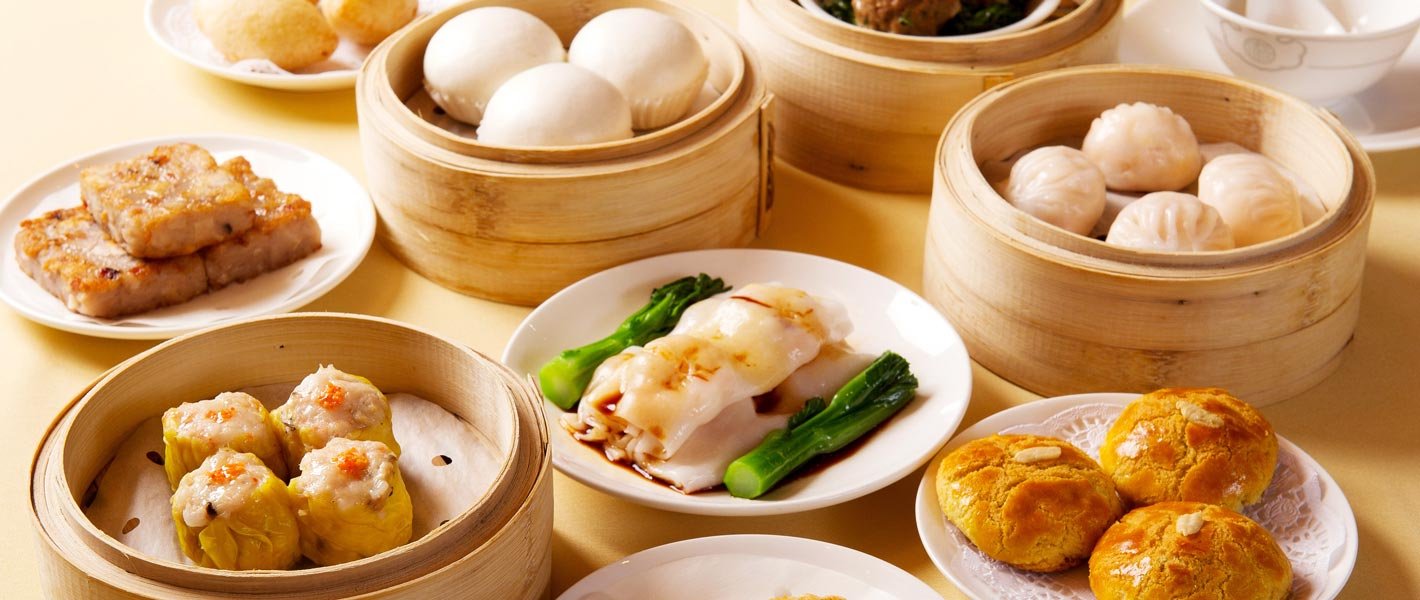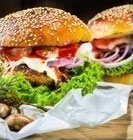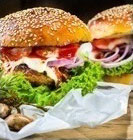Kung Pao Chicken
The name of Kung Pao chicken comes from a court official Ding Baozhen in Qing dynasty. The official Ding is a foodie who especially loves stir-fried diced chicken.
During the time of being served as governor in Sichuan province of south-western China, he frequently treats his guest with this dish and add dried chili peppers because People in Sichuan loves to eat hot chili. Later on, he is granted the title Taizi Shaobao (太子少保) also known as Kung Pao, which means the protector of the crown price. People name this dish after him to memory him.
In China, chefs usually use chicken thighs to make this dish rather than boneless chicken breasts. The meat of thighs is tenderer but requires more about the cutting skills.
The original Sichuan version uses chicken as its primary ingredient. In this original version, diced chicken is typically mixed with a prepared marinade. Shaoxing wine is used to enhance flavor in the marinade. The wok is seasoned and then chili peppers and Sichuan peppercorns are flash-fried to add fragrance to the oil. In Sichuan, or when preparing Sichuan-style Kung Pao chicken, only Sichuan-style chili peppers such as facing heaven pepper or seven stars pepper (Chinese: 七星椒; pinyin: qīxīngjiāo) are used. Smaller, thinner Sichuanese varieties may also be used. Sichuan peppercorns are then added; while Kung Pao chicken does not belong to the numbing-spicy "mala" flavor profile (Chinese: 麻辣味型), a small amount of fresh toasted peppercorns are traditionally used to balance the heat of the chilis. Then the chicken is stir-fried and chopped leeks, along with peanuts, are added. Kung Pao chicken starts off with fresh, moist, unroasted peanuts. These are often used instead of their pre-roasted versions. The peanuts are dropped into the hot oil at the bottom of the wok, then deep-fried until golden brown before the other ingredients are added.





